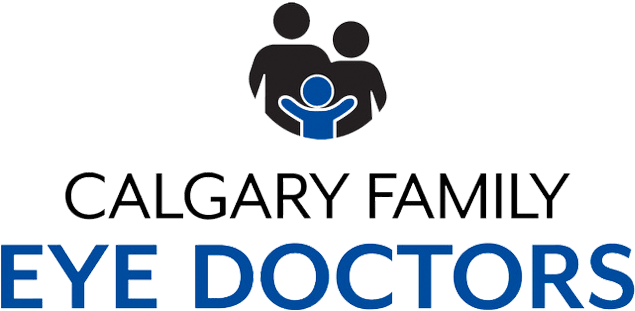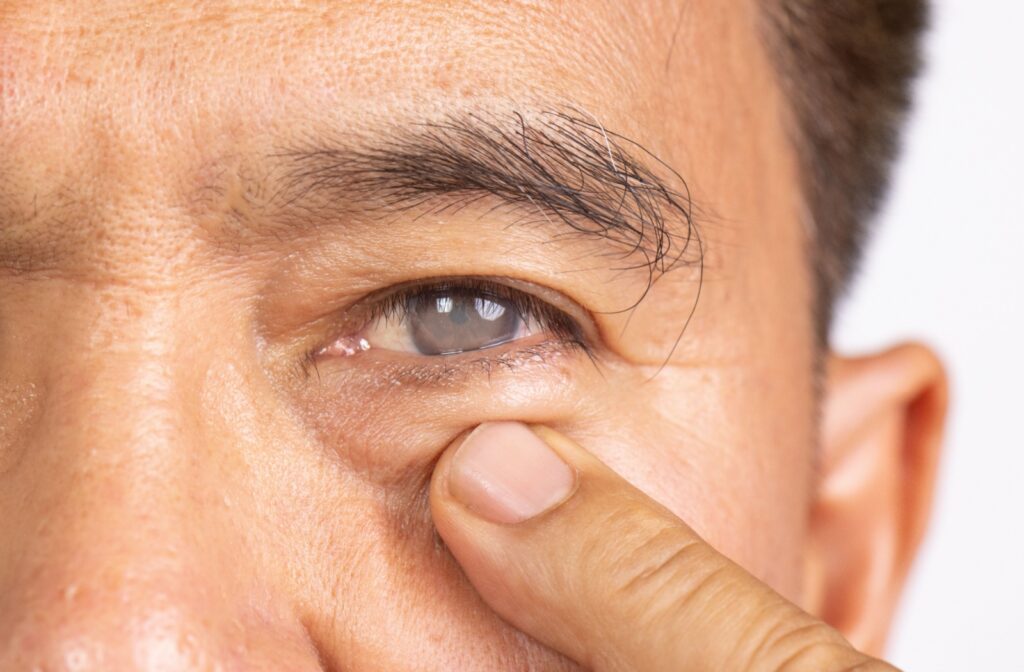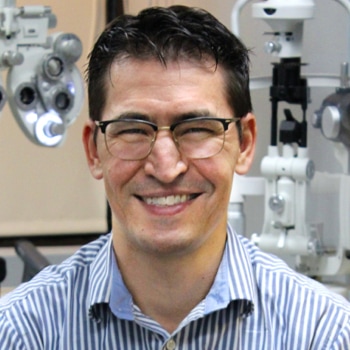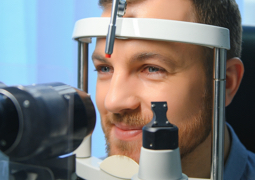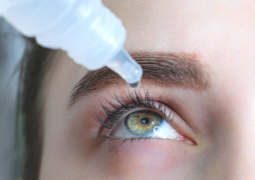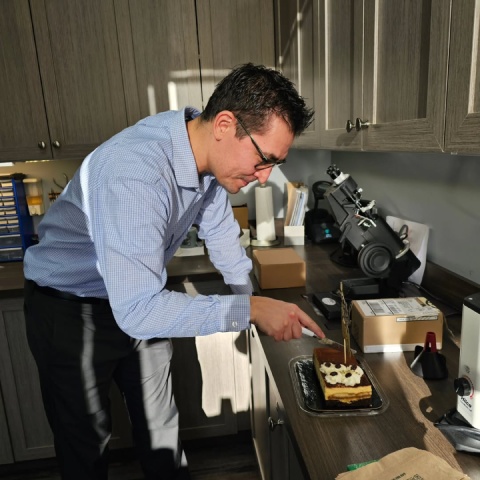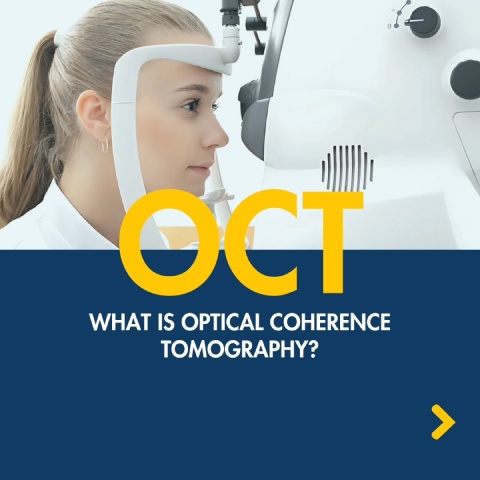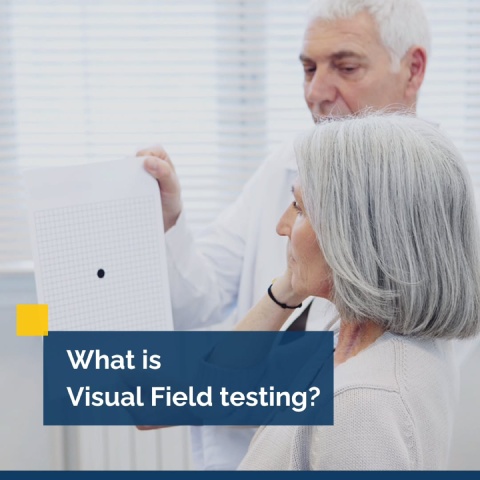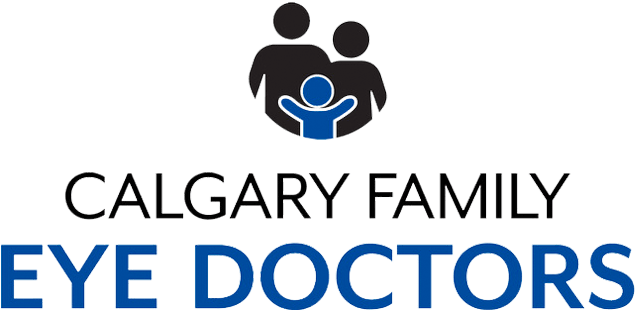Cataracts are a common vision condition, especially as we get older. They occur when the natural lens of the eye becomes cloudy, leading to symptoms like blurry vision, glare sensitivity, and poor night vision.
Fortunately, cataract surgery is a highly effective solution for the condition. This procedure replaces the cloudy lens of the eye with a clear, artificial lens. However, some people wonder if their cataracts can return after the surgery.
The short answer is no. Once a cataract is removed, it cannot return. However, there is a condition called posterior capsule opacification (PCO) or “secondary cataract” that can cause cataract-like symptoms.
Understanding Cataract Surgery
Cataract surgery involves removing the clouded natural lens of the eye and replacing it with a clear intraocular lens (IOL). Here’s what the process looks like:
1. Pre-Surgery Assessment
Before surgery, your eye doctor will perform a comprehensive eye exam to evaluate your eye health and determine the severity of the cataract. Measurements will be taken to select the right type of IOL based on your vision needs. You’ll also receive guidance on what to expect before, during, and after surgery.
2. The Procedure
The surgery itself is typically quick—often less than 30 minutes. A small incision is made in the eye to access and remove the clouded lens. The new IOL is then inserted in its place. Most patients are awake during the procedure, which is done using local anaesthetic and usually doesn’t require stitches.
3. Recovery
Recovery is generally smooth, with most people noticing clearer vision within a few days. Your eye doctor will prescribe eye drops to prevent infection and inflammation, and you’ll be given instructions on activities to avoid during healing. Follow-up appointments are important to monitor your progress.
Can Cataracts Return After Surgery?
Once the cloudy natural lens is removed, the cataract itself cannot come back. This is because the artificial lens isn’t susceptible to clouding. However, some patients may experience a return of blurry or hazy vision months—or even years—after surgery. This is not a recurrence of cataracts, but rather a different condition called posterior capsule opacification (PCO).
What Is Posterior Capsule Opacification (PCO)?
PCO, sometimes referred to as a “secondary cataract,” occurs when the thin membrane (called the capsule) that holds the IOL in place becomes cloudy. This membrane is left intact during primary cataract surgery in order to support the IOL. Over time, this membrane can cloud, leading to symptoms similar to cataracts, including:
- Blurry or cloudy vision
- Glare or halos around lights
- Difficulty reading or seeing clearly in low light
It’s important to note that PCO is not a cataract returning, but it can feel like one due to its similar visual effects.
What Causes PCO?
PCO can happen for a variety of reasons, and it’s relatively common—affecting around 20% of patients within a few years of cataract surgery. It occurs when leftover lens epithelial cells begin to multiply and form a film on the capsule behind the IOL. Risk factors may include:
- Younger age at the time of surgery
- Certain types of IOLs
- Inflammation or other eye conditions
- Genetics or individual healing responses
How Is PCO Treated?
Thankfully, treating PCO is simple, quick, and painless. The most common treatment is a YAG laser capsulotomy.
YAG Laser Capsulotomy
In this outpatient procedure, a laser is used to make a small opening in the cloudy capsule, allowing light to pass through clearly. The procedure typically takes just a few minutes and doesn’t require an incision or anaesthetic. Most patients experience an immediate improvement in vision.
After a YAG capsulotomy, the membrane does not grow back, and the issue rarely recurs.
Why Regular Eye Exams Still Matter
Even though cataracts don’t return after surgery, routine eye exams are still important. An eye care professional can detect early signs of PCO and monitor for other age-related eye conditions, such as:
- Macular degeneration
- Glaucoma
- Diabetic retinopathy
Many of these conditions don’t cause noticeable symptoms in their early stages, but they can significantly impact your vision if left untreated. By scheduling regular comprehensive eye exams, you give yourself the best chance of preserving your eyesight as you age.
Long-Term Eye Health Tips
To protect your vision in the long run, consider these lifestyle habits:
- Wear sunglasses to protect your eyes from UV rays.
- Maintain a balanced diet rich in leafy greens, omega-3s, and antioxidants.
- Control chronic conditions such as diabetes and high blood pressure.
- Avoid smoking, which increases the risk of cataracts and other eye diseases.
- Take breaks from screens to reduce eye strain, especially if you work at a computer all day.
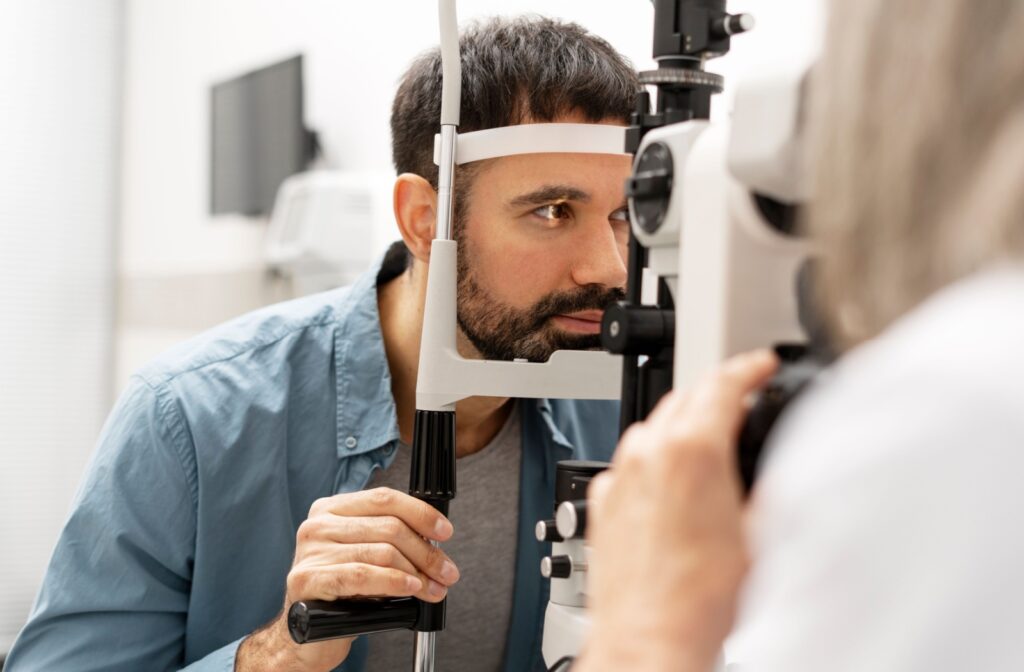
Your Vision Matters
While cataracts themselves can’t come back once removed, being aware of conditions like posterior capsule opacification (PCO) ensures you stay proactive about your eye health. Fortunately, PCO is easily treatable, and vision can often be restored quickly with laser treatment. If you’ve had cataract surgery and are noticing changes in your vision, or if it’s been a while since your last eye exam, Calgary Family Eye Doctors is here to help. Our team can assess your eye health, diagnose any post-surgical issues like PCO, and guide you toward the best treatment options. Book your comprehensive eye exam today—and take the next step toward lasting, clear vision.
